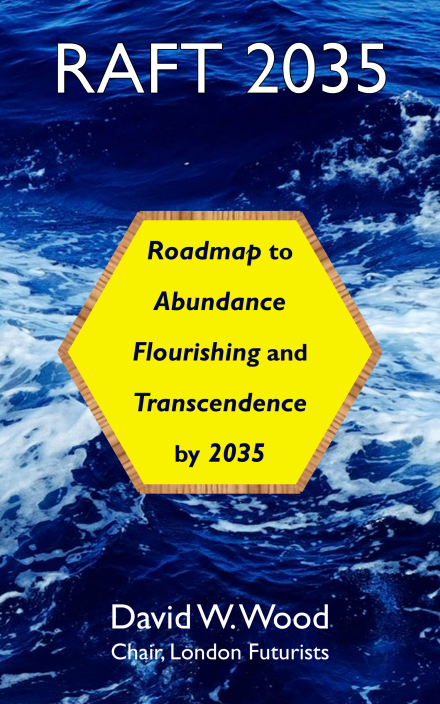An extract from Chapter 10 of the book Transcending Politics:
10. Democracy and inclusion
I’ll start this chapter by repeating a set of questions from midway through the previous chapter:
Where should the boundary fall, between the permitted and the impermissible? What is the method to tell whether a particular item of food or medicine is suitable to be freely bought and sold, as opposed to needing regulation? What safety regulations should employers be obliged to observe, in their treatment of employees or contractors? Which new technologies need careful monitoring (such as hazardous new biochemicals), and which can have all details freely published on the open Internet?
My basic answer to all these questions was: it’s complicated, but we can work out the answers step by step. I now want to pose a follow-up set of questions:
- Who is it that should decide where the boundary should fall, between the permitted and the impermissible?
- Who is it that should decide which health and safety regulations should be introduced?
- Who is it that should decide which technologies need careful monitoring?
Should these decisions be taken by civil servants, by academics, by judges, by elected politicians, or by someone else?
There’s a gist of an answer in what I said later in the previous chapter:
Each area of regulatory oversight of the economy – each set of taxes or safety standards imposed or revised – needs careful attention by an extended community of reviewers…
By drawing on technological solutions that can orchestrate the input of large numbers of human thinkers, we can keep improving our collective understanding of the best regulatory frameworks and institutions. We can collectively decide which constraints are needed on the activity of the free market, so that we benefit from its good consequences without suffering unnecessarily from its bad consequences.
But how will this work in practice? How do we prevent the bad effects of “group think” or (worse) “mob rule”? If there’s “an extended community of reviewers” involved, won’t that be far too cumbersome and slow in its deliberations?
Just as important, how do we avoid decisions being overly influenced by self-proclaimed experts who, in reality, have expertise in only a narrow domain, or whose expertise is out-of-date or otherwise ill-founded? And how do we guard against decision-makers being systematically misled by clever misinformation that builds a “false consciousness”?
Technoprogressive decision-making
Here is my answer to the questions I’ve just raised. The decision-making process should embody a set of technoprogressive decision-making principles. As I list them here, there are seventeen such principles…
<snip>

